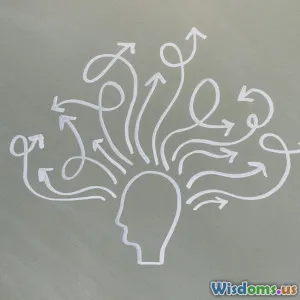
Are Lucid Dreamers More Creative or Imaginative
17 min read Explore whether lucid dreamers possess higher creativity or imagination, backed by scientific findings and psychological insights. (0 Reviews)
Are Lucid Dreamers More Creative or Imaginative?
Imagine being fully aware and in control while dreaming, conjuring up entire worlds with nothing but your mind. This is the reality for lucid dreamers—people who experience conscious awareness within their dreams. The phenomenon of lucid dreaming has piqued curiosity for centuries, not only for its mystical allure but also for its potential link to creativity and imagination. But are lucid dreamers truly more creative or imaginative than the average person? In this article, we delve into the latest science, real-life examples, and actionable tips to explore the intersection of lucid dreaming and creative ingenuity.
The Science of Lucid Dreaming and Its Uniqueness

Lucid dreaming occurs when a dreamer becomes aware that they are dreaming, often gaining control over the unfolding narrative. While common dreams involve passive experience, lucid dreaming introduces active participation—a mental playground unrestricted by physical laws.
How the Brain Works During Lucid Dreams
Neuroscientific research using MRI and EEG technologies has illuminated how lucid dreaming is distinct at the neural level. A study led by Ursula Voss (2014) found increased activity in the prefrontal cortex during lucid dreams, a region linked to self-awareness and executive functions, which are also crucial for creative thinking and problem-solving.[^1] Another study from Max Planck Institute showed that the dorsolateral prefrontal cortex, typically dormant during REM sleep, lights up during lucid episodes, allowing for logical reflection within dreams.
Frequency and Who Experiences It
It’s estimated that about 55% of people have experienced at least one lucid dream, but only about 23% experience them regularly.[^2] Interestingly, certain groups seem predisposed to lucid dreaming: children, frequent dream recorders, and individuals who invest effort into fantasy or creative activities in waking life. These findings prime us to ask: Does lucidity in dreaming echo into creative prowess?
[^1]: Voss, U. et al., 2014. "Lucid Dreaming: A State of Consciousness with Features of Both Waking and Non-Lucid Dreaming." [^2]: Saunders, D. T., et al., 2016. "The Prevalence and Phenomenology of Lucid Dreaming."
Creativity and Imagination: Defining the Concepts
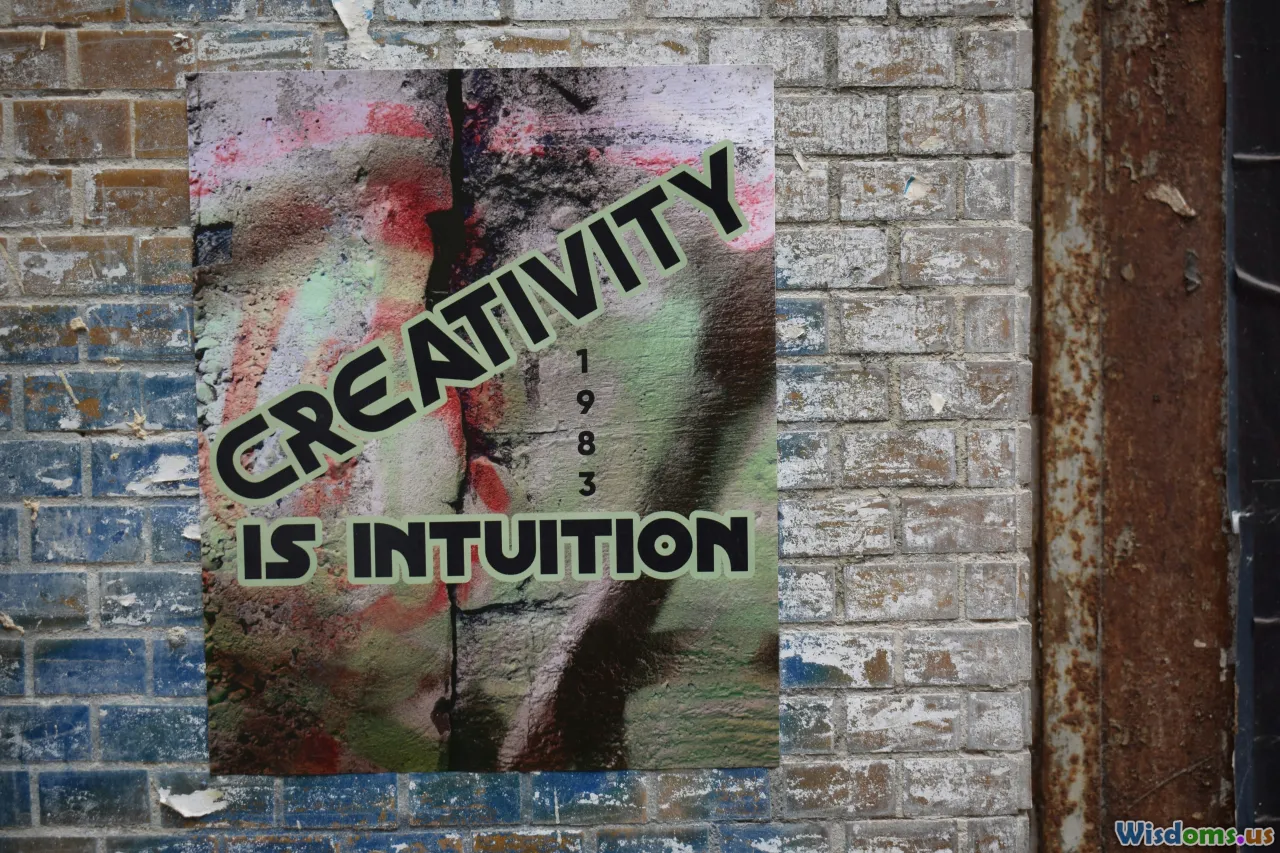
Before drawing connections, let’s clearly define the terms. Creativity refers to the ability to produce novel, original ideas or solve problems in innovative ways. Imagination, meanwhile, is the capacity to form mental images or concepts that aren't immediately available to the senses—a foundation that makes creative breakthroughs possible.
Both faculties are essential across artistic pursuits (visual arts, literature, music), scientific innovation, and even daily problem-solving. While everyone possesses some degree of creative and imaginative ability, the question is whether lucid dreamers possess it in abundance.
The Evidence: Are Lucid Dreamers More Creative?

Empirical Studies and Psychological Findings
Research comparing lucid dreamers with non-lucid dreamers offers intriguing insights. Studies often use standardized creativity assessments like the Torrance Tests of Creative Thinking (TTCT) and Remote Associates Task (RAT).
A 2015 study in the journal Dreaming explored creativity levels in lucid dreamers and found that frequent lucid dreamers outperform non-lucid dreamers in divergent thinking—a key aspect of creativity involving the ability to generate multiple solutions from a single starting point. Participants who lucid dream more often scored higher in measures such as originality, flexibility, and elaboration.[^3]
In support, another 2018 paper showed students trained to increase lucid dreaming frequency improved their creative performance, compared to controls. Lucid dreaming seems to provide an internal sandbox for rehearsing fresh ideas without real-world constraints.
Notable Examples from the Creative World
Lucid dreaming has been cited by countless artists, writers, and inventors. Consider:
- Robert Louis Stevenson: The author of Dr. Jekyll and Mr. Hyde credited vivid, controllable dreams as inspiration for his literary output.
- Salvador Dalí: The surrealist painter was famous for embracing hypnagogic sleep—that "borderland" state between sleep and waking—to tap unconventional imagery for his work.
- Nikola Tesla: Famed inventor Tesla reportedly used vivid dream states to experiment with his inventions in his mind’s eye, perfecting them before physical trials.
[^3]: Filevich, E., Dresler, M., et al., 2015. "Metacognitive Mechanisms Underlying Lucid Dreaming and the Bidirectional Relationship With Creativity."
Mechanisms Linking Lucid Dreaming to Creativity

Uninhibited Problem-Solving Environment
Lucid dreams offer a risk-free, consequence-free landscape to experiment with unconventional ideas. Within dreams, the rules of time, physics, and social norms dissolve. Dreamers can test the bizarre, iterate rapidly, or combine disparate concepts—essentially, improvisational mental rehearsal.
For instance, a musician may compose new pieces in their dreams, as noted in anecdotal reports from jazz artists. A psychologist might mentally simulate interventions for case studies. The removal of self-censorship, logical constraints, and fear of ridicule emboldens dreamers to explore ideas they'd never risk during waking life.
Enhanced Metacognition and Self-Reflection
Metacognition, or "thinking about one’s own thinking," is vital for deliberate creativity. Some experiments, including those from University of Sussex, demonstrate lucid dreamers often score higher in measures of metacognitive ability, which overlaps with creative ideation’s requirement to monitor, revise, and expand on initial ideas.[^4]
[^4]: Baird, B., et al., 2018. "The Relationship Between Level of Lucid Dreaming and Metacognition During Wakefulness."
Neuroplasticity and Imagination Engagement
Lucid dreaming could train the brain to blur demarcations between waking imagination and nocturnal fantasy. This ongoing engagement may reinforce the neural pathways underpinning imagination, thereby making creative connections easier both during dreams and in daily life.
How Lucid Dreaming Exercises Your Imagination
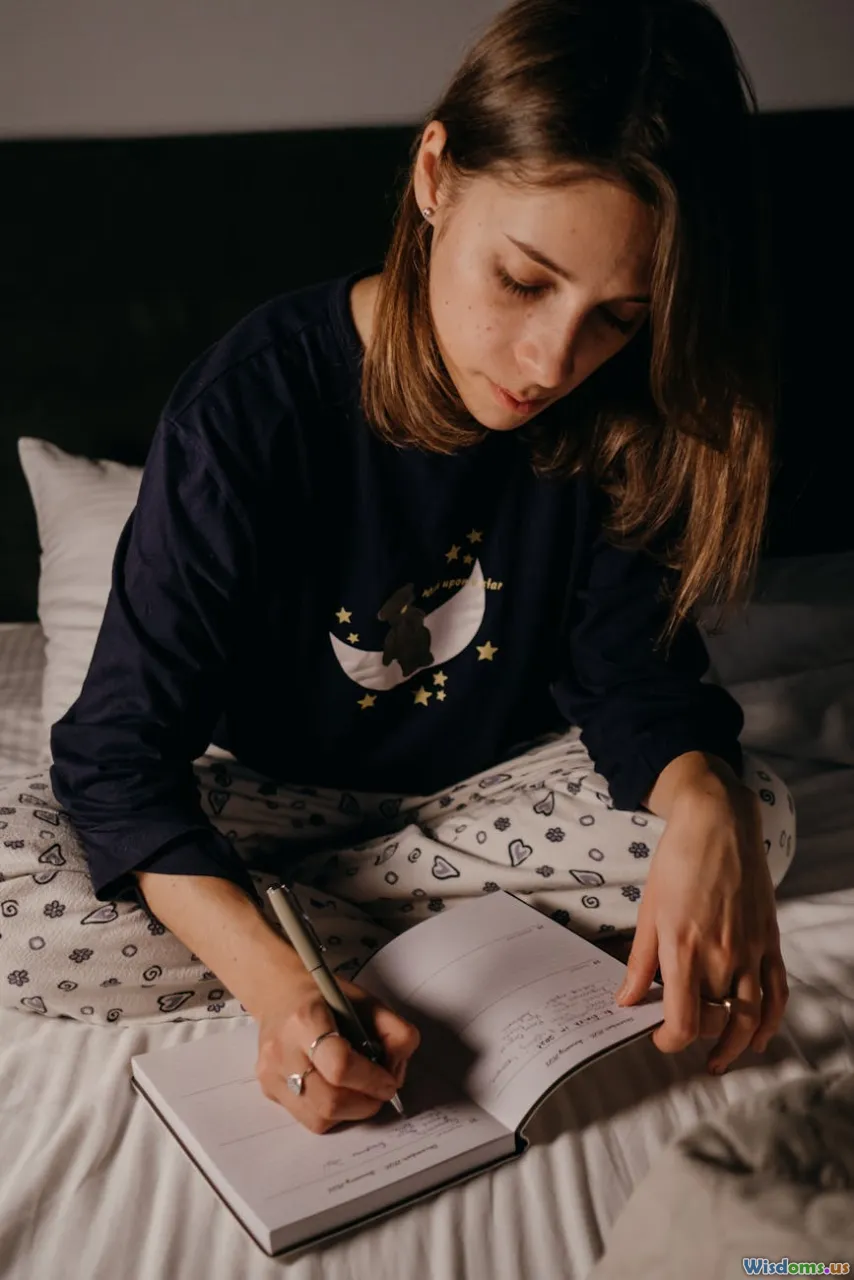
Mental Visualization Without Boundaries
One unique trait of lucid dreaming is the unrestricted formation of complex mental images—the very core of imagination. Dreamers can conjure vivid scenes, impossible objects, or even engage in roleplay as different characters. As this inner world is navigated, imagination muscles are flexed and subtly shaped.
Take, for instance, the dream of flying unaided over cityscapes, which many lucid dreamers recount. This experience not only strengthens visualization but also demands scenario-building, logical thinking (e.g., planning flight routes), and emotional engagement—all core to what makes someone imaginative.
Lucid Storytelling and Character Exploration
Writers and filmmakers often harness dreams for story development. By interacting with dream-created characters whose actions feel autonomous, lucid dreamers can "co-write" with their subconscious. This dynamic improvisation arms creative professionals with fresh character motivations, dialog, and narratives otherwise unreachable through waking brainstorming alone.
Can Anyone Train Themselves to Lucid Dream and Become More Creative?

The promising link between lucid dreaming and creativity raises another crucial question: Can everyone unlock their own creative vaults simply by learning to lucid dream?
Techniques for Lucid Dream Induction
While genetics and personality may predispose some to lucid dreaming, techniques exist to boost its likelihood:
- Reality Checks: Regularly question reality (e.g., check clocks, mirrors) to set the habit of self-awareness, which can carry over into dreams.
- Dream Journaling: Keep a notebook by your bedside and record dreams immediately upon waking. This boosts dream recall and creates familiarity with dream logic.
- Mnemonic Induction of Lucid Dreams (MILD): Before sleep, set a mental intention to “realize” you're dreaming.
- Wake-Back-to-Bed Technique (WBTB): Wake after 5-6 hours of sleep, stay up for 30 minutes, then go back. This increases chances of regaining awareness mid-dream.
- Meditation and Mindfulness Practice: Research links mindfulness training to better metacognition, which transfers to greater lucidity in both waking life and dreams.
Creativity-Boosting Exercises in Lucid Dreams
Once in a lucid dream, individuals can:
- Solve Creative Problems: Focus on a specific creative block before sleep and ask unconscious mind for solutions in the dream.
- Practice Artistic Skills: Visualize painting, writing, or composing. The process of rehearsing complex creative acts—even if only mentally—trains neural circuits for later real-world performance.
- Explore Impossible Scenarios: Experiment with storylines, design, or inventions unbound by logic. Let the mind run wild: what if gravity reversed? What if colors had flavors?
Imagination in Everyday Life: Lessons from Lucid Dreamers

While lucid dreaming isn’t a prerequisite for creativity, regular lucid dreamers often display traits that can be practiced in waking life for imaginative benefit, including:
- Playfulness: Approaching tasks as open-ended play, not rigid execution.
- Openness to Novelty: Seeking out new experiences and viewpoints, even those bordering on fantastical.
- Flexible Mindset: Willingness to adapt, pivot, and combine disparate ideas—a staple of both imaginative dreaming and creative advancement.
Take children as an example. They are most likely to experience lucid dreams and also excel in unbridled imagination during play. Openness to the "what if"—unhindered by adult logic—seems vital to both dreaming lucidly and imagining boldly.
Critical Perspectives: Are Lucid Dreamers Always More Creative?
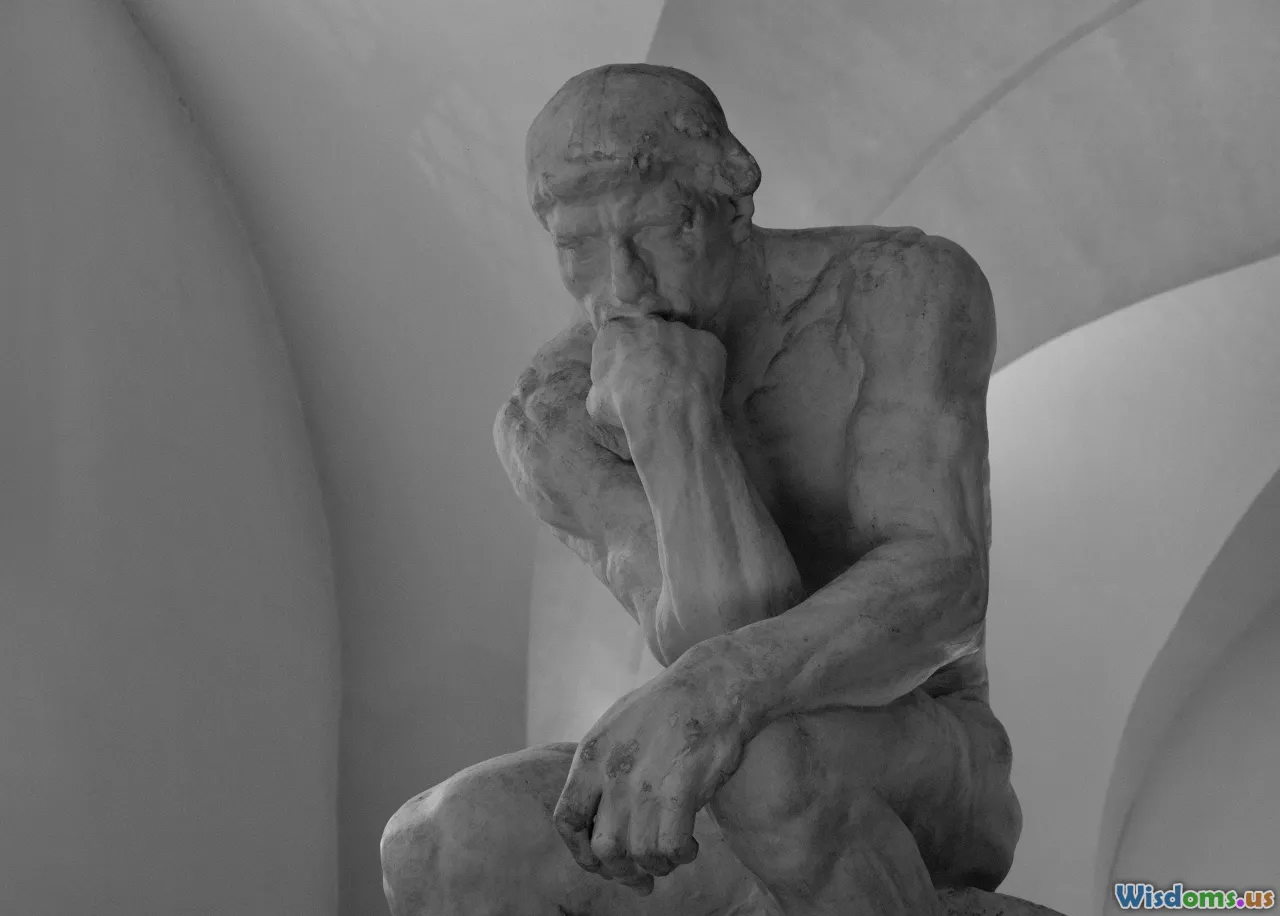
Despite the mounting supportive evidence, some studies cast doubt on a strict one-to-one link. For instance, 2019 research by Dr. Caroline Horton at Bishop Grosseteste University found that while lucid dreamers may excel in self-awareness and divergent thinking, they don’t always score higher across all types of creativity, such as practical creativity or performance-based tasks.
Additionally, there’s debate over causation: Does lucid dreaming boost creativity, or do inherently creative people simply lucid dream more? Personality traits such as openness to experience, fantasy proneness, and willingness to engage in daydreaming might intersect, making it tricky to untangle the direction of effect.
Practical Tips: Fostering Creativity With Lucid Dreaming Techniques
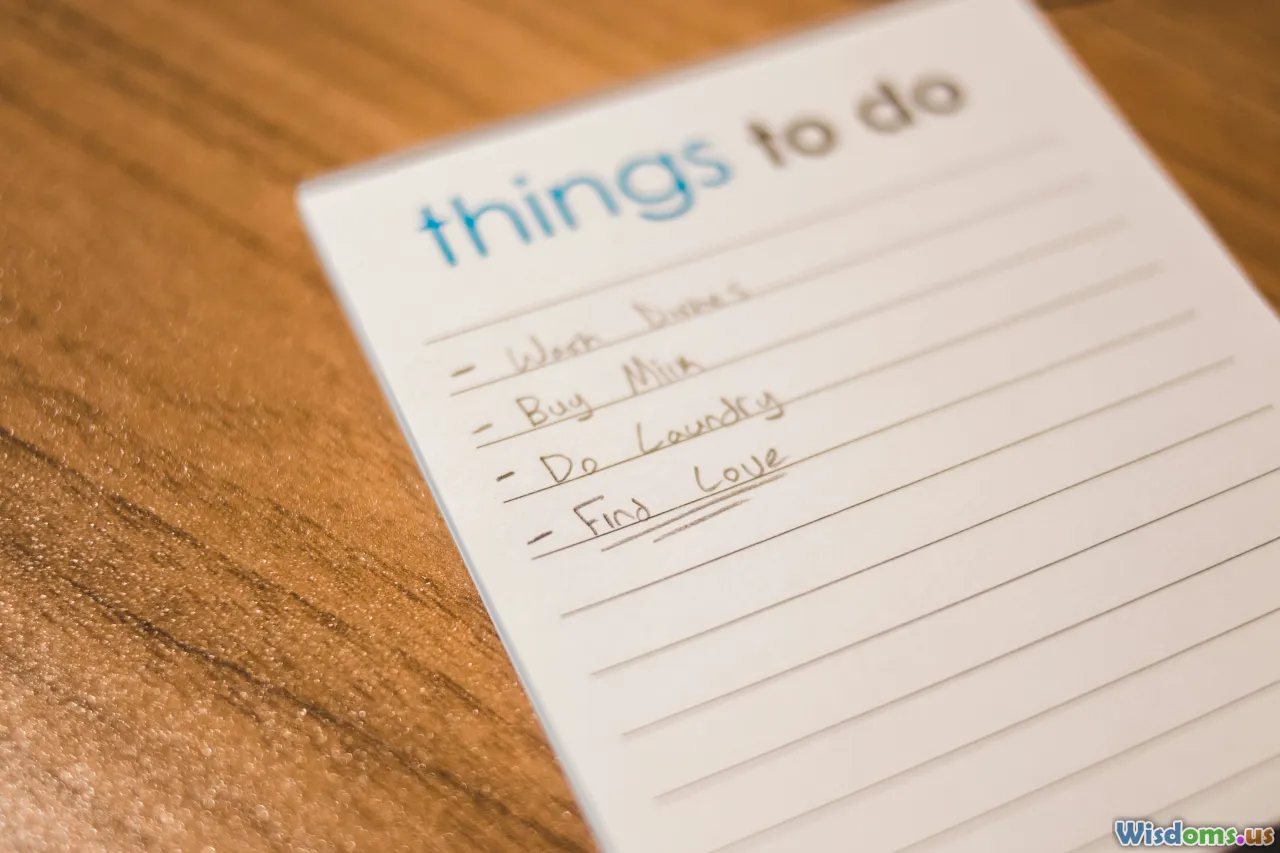
If you’re inspired to experiment with lucid dreaming as a tool for self-growth and creative expansion, here are expert-backed steps to maximize both your dream adventures and daytime inventiveness:
1. Integrate Creative Prompts in Bedtime Routine
Bring a current creative problem or project into your mind each night. Visualize, write out, or record the challenge, priming your subconscious to engage with it during sleep.
2. Combine Meditation with Dream Journaling
Far beyond mere memory exercises, dream journals let you observe recurring symbols, themes, and emotional content. Meditative techniques before sleep relax the mind and smooth entry to lucid states.
3. Create a Feedback Loop
Upon waking, review any dream experiences and see if elements can be mapped onto real-world projects. Distill dream logic into unexpected solutions: quirky business strategies, character twists, metaphorical insights.
4. Join Lucid Dreaming or Creativity Groups
Many online communities (Reddit's /r/LucidDreaming, DreamViews, etc.) and artist meetups exist for sharing tips and experiences. Social motivation and regular feedback can reinforce productive dream and creative practices.
5. Practice Daytime Imagination Flexibility
Use techniques like storytelling, brainstorming with constraints, or visualizing alternate outcomes in real-life situations. The more you stretch your imagination in waking hours, the richer your dreams (lucid or not) tend to become.
Why Lucid Dreaming Captures the Spirit of Human Creativity

Lucid dreaming represents a form of raw, unfiltered exploration within the landscape of possibility. Whether used to freshly compose symphonies, invent new gadgets, defeat creative blocks, or simply soar over moonlit oceans, the lucid dreamer’s mind operates as a hyperactive engine of imagination.
Even if scientific consensus hasn’t fully crowned lucid dreamers as champions of creativity, their extraordinary experiences reveal how much creative fire power human consciousness truly houses. As we learn more from neuroscience and passionate dreamers alike, it becomes clear: cultivating deeper awareness in any state—waking or sleeping—unleashes remarkable imaginative and creative potential.
So tonight, as you close your eyes, remember: the next great idea just might emerge in a world where the only limit is your own imagination.
Rate the Post
User Reviews
Popular Posts












